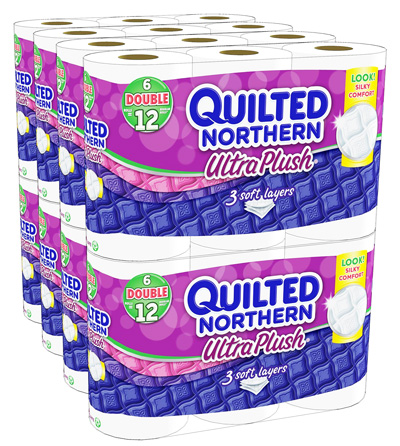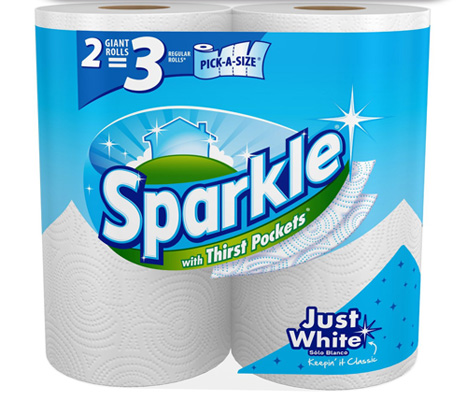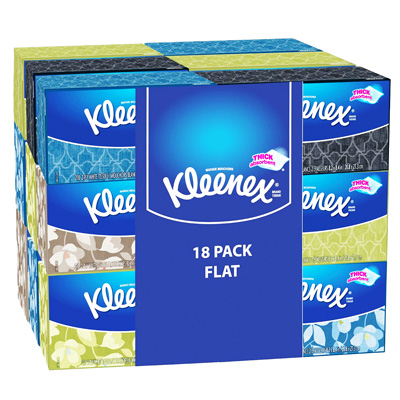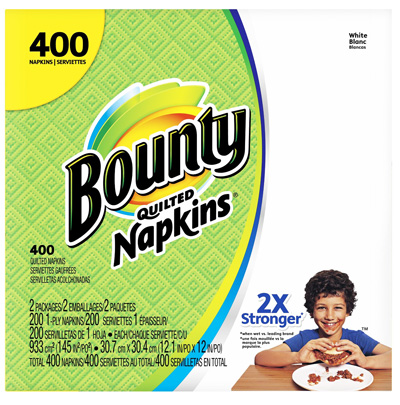Tissue paper is soft, feathery, lightweight, highly absorbent, tear resistant, disposable and relatively strong paper products. The tissue paper name originates from the French word “tissue”, which meaning cloth. Because of the tissue paper is as soft as cloth. It has become an important part in our daily life. Uses of this type of paper are increasing rapidly in worldwide. Overall, a person who lives in a developing country uses some kilograms of tissue paper per year. The people of North American use highest amount of tissue paper; per person about 25 kg per year.
As like other paper products cellulose fibers is the main source of tissue paper. The fiber may be 100% virgin or 100% recycle or mixed. 100% recycled fibers are used due to environmental responsible. The main source of recycle fiber is office paper collection programs. The virgin fiber is mostly kraft fiber which is produced from soft or hard wood. High quality tissue paper is made from virgin grade of wood pulp.
| Table of Contents: |
Types of tissue paper
There are different types of tissue paper such as toilet paper, paper towels, facial tissues, diapers, industrial wipe, table napkins etc. It may be different color, decorations, textures, patterns, perfumed or moistened.
Toilet Tissue
Toilet Tissue is the most purchased tissue product by consumers. The majority of us can’t think living lack of toilet paper. The quality of this tissue paper can be determined by the number of plies, durability, coarseness and fiber quality. Typically it is the lowest grade of paper. It may be rippled, perfumes, colored or patterned, medicated or treated with aloe or other perfumes. These papers not only for bathroom, it is also useful for nose care, removing makeup, wiping up spills.

Quilted Northern Ultra Plush Bath Tissue, 48 Double Rolls
Paper towels
According to consuming, paper towels are the second largest tissue product. It is durable among the tissue paper. The Strength of paper towels depends on fiber quality, wet end chemicals and other reasons. Although it is from one up to four plies but generally it is two-ply. The basis weight of this kind of tissue paper is about 20 to 24 g/m2.

Sparkle Paper Towels, 24 Giant Rolls, Pick-A-Size, White
Facial tissue
Facial tissues are sort of thin, soft, absorbent, smooth and disposable paper which is used for cleaning face. It is also known as paper handkerchiefs or wipes and generally sold in boxes. One of importance uses of facial tissue is reducing the spread of an infection or diseases as like swine flu.

Kleenex Facial Tissues Family Size, 210 Count (Pack of 18), packaging may vary
Table napkins
Table napkins are other kinds of tissue paper that are used in dining tables. These are offered from one up to four plies and in different colors, patterns, folds and sizes.

Bounty Paper Napkins, White, 400 Count
Wrapping tissue
Wrapping tissue is a kind of thin, translucent tissue paper that is largely used for wrapping different sensible goods such as glass, ceramic. Moreover it is also used for wrapping clothes or gift presentation.
Properties of tissue paper
Absorbency and softness are the key properties of tissue paper. These properties are mostly affected by the porosity, creping (surface property) and furnish composition of the paper. Porosity is inversely proportion to density. So low sheet density is highly porosity which is helpful to gain elevated absorbency and softness. The other properties are wood species, pulping processes, stiffness, bulkiness, additives, wet strength, basis weight, thickness etc. For instance, special grades of mechanical pulp can create highly porous tissue paper as compared to chemical pulps. Nano-cellulose can improve absorbency and strength of it.
Among these two properties absorption is more significant. It is directly connected to the softness, creping and bulkiness. The molecule of cellulose contains hydroxyl groups which permit it to form hydrogen bonds with water. This is the main reason why paper absorbs water. Moreover there are many microscopic spaces among the cellulose fibers where water can soak up.
After absorption, softness is the most significant properties of tissue paper. Softness can be improved by reducing the refining of tissue furnished. Wet end starch as like amphoteric waxy maize starch can reduce the refining. Softness is a combination of surface smoothness, bulk and a short of stiffness. The best softness paper is the one that has a high wave creping with a high frequency.
Bulk can be increased by the appropriate composition of fibers and help of creping. Creping also increase the surface area and increase the absorption.
Is tissue paper biodegradable: Generally, the source of tissue paper is different wood species, which is biodegradable. It can be broken down by the action of microorganisms like bacteria.
Bounty Select-A-Size Paper Towels, Huge Rolls, White, 12 Count

The information provided is very useful
Thanks
Hi,
are there are small batch manufacturers of toilet paper type paper pulp who can manufacture from that pulp in different formats ?
I would very much appreciate contact information.
Hi, your information is very useful for me
And I think you missed to say about the maxi tissue paper rolls..
I hope its really useful for me
hi
i am interested in manufacturing of different types of tissue paper in small plant.but little knowledge about tissue paper material, machinery, process so i hope you give me knowledge about this.
what is mean by crepe count
1. what is mean by wet end to dryend ratio?
2. how to achive softness on tissue?
3. how to achive crepe on tissue paper?
How can we make tissue paper resistance to microorganisms so that to last long for about 6months in the soil
The ratio of dry end to wet end ratio is 2:1
Means id dry strength is 1000 then wet strength will be 500
By reducing or adjusting the load of refiner you can achieve some softness but the by increase the number of microfolds by creeping process you can achieve desired softness..
creeping is done on the machine by special type of blade called creeping blade..
I am very Happy to see about the type of tissue usefully.
Pingback: What is a basic dye | uses, working process| pulp paper mill
Hi. I am after sourcing a fine tissue paper. At the moment i am delaminating a 2 ply tissue that would normally be used as a kitchen wipe. Delaminating is a long process but at this time is the only way i can get a fine paper. Any ideas?